Trust Transcat's experienced and highly skilled team of experts to provide only the best, most accurate and reliable calibrations.
Did you know?
Out-of-tolerance (OOT) follow-up work often dwarfs the cost of the calibration that led to it. And the risk of having in-tolerance results when they are actually out of tolerance (false accept calibration) dwarfs both of those! We help companies increase in-tolerance success, decrease compliance-related follow-up work and decrease out-of-tolerance related costs. We also help companies accurately measure and manage the measurement component of their manufacturing risk.
How do we do it? Our team of metrology experts is uniquely able to help our customers figure out how to:
- Evaluate and define process tolerances
- Use better instruments
- Remove doubt from your measurement quality assurance program
- Predict Out-Of-Tolerance (OOT) results
- Define better calibration intervals
- Train staff on understanding the measurements taken and the appropriate response
Customer Testimonials
Evaluate and Define Process Tolerances
- One of the most common struggles that internal quality and engineering teams face is which parameters to test in their industrial processes, and at what accuracies.
- Do the parameters being tested make sense?
- Do the process tolerances have a firm basis for their values?
- Our experts can help you identify non-value added tests in your processes and may be able to help you identify tests that aren't currently being performed that would add greater value.
- We can help to set a solid foundation for your process tolerances, should you need assistance with that. This is a fundamental piece needed before a company can determine the suitability of instruments used to measure the process.
Use Better Instruments
- How often should you find a particular measuring instrument out of tolerance?
- How often do you?
- On occasion, companies spec in instruments that end up being unreliable. Sometimes the instrument selected is not adequate for the part of the process being measured. Our team can review utilization of an instrument across many other clients to check for reliability and can help to ensure that the instruments selected are suitable for the intended use.
Remove Doubt from Your Measurement Quality Assurance Program
- Did you know that there is such a thing as a quality blind spot (QBS)?
- How would you know if a blind spot exists in your measurement quality assurance program?
- Did you know that metrological traceability doesn't exist unless all seven components are in place, including your measurement assurance program?
- Many manufacturing companies have pieces of a measurement assurance program but don't formally recognize it as such. The result of quality blind spots and missing pieces of a measurement assurance program are like pin-sized holes in a balloon filled with water: your bottom line profits are leaking out in the form of wasted resources, rework of parts or scrapped parts. Eventually, those pin-sized holes may tear and cause a much larger loss, such as recall of product, without being traced back to this root cause.
- The Transcat Consulting Team begins by asking the right questions:
- Is every piece of IMTE (Inspection, Measuring, and Test Equipment) that exists in your plant identified in your calibration program?
- Are there any of these IMTE that aren't calibrated but you think might need to be?
- When is a normal calibration appropriate?
- When is a customized calibration appropriate?
- Are the correct tolerances being applied to the calibration of the IMTE?
- What happens to your process if the wrong tolerances are being used on IMTE?
- How are the instruments being used to make measurements in your processes?
- Are any errors being introduced that could cause a false acceptance of bad product or false rejection of good product?
- You might be very surprised at what our experts reveal that is causing these profit-pilfering trickles. Let us help you to tighten up your measurement quality assurance program through our specialized consulting services, including development and delivery of identified training that will help keep your employees on the right track to safeguarding your product and profits.
Predict Out-Of-Tolerance (OOT) Results
- Transcat's Guard Band service level employs our uniquely designed Test Validity feature which will minimize the number of OOT results by predicting these events before they occur. The slightly higher cost of this service more than pays for itself in the reduced cost of OOT reviews, scrapped work, reworked parts, and recall of product. This is a significant component of your measurement quality assurance program that keeps these non-value-added costs to a minimum.
Define Better Calibration Intervals
- IMTE tolerances, individual instrument performance, and calibration intervals are incessantly bound together.
- Transcat's ability to track instrument performance over time in CalTrak allows our metrology team to determine the correct cal interval for each IMTE. Some intervals may increase, causing fewer annual calibrations while others are required to decrease, causing more calibrations per annum, calibrations which are necessary to keep your measurement risk to a minimum.
- The balance of these interval adjustments may or may not make a significant difference in your calibration expenses, but it will certainly decrease your out-of-tolerance events and associated costs which are typically much greater than the cost of calibration.
Train Staff on Understanding the Measurements Taken and the Appropriate Response
- Do you treat every OOT event the same way?
- If so, you may be spending too much (or too little) time on it. Often, different OOT events have different effects on the manufacturing process and thus, may not need to be followed up in the same way. This, however, needs to be determined, captured and trained.
- We can help with asking and answering the right questions.
- What is the volume of IMTE in your calibration program?
- What percentage of these IMTE failed calibration over a given period of time?
- Is that a surprising percentage (too low/too high)?
- How many IMTEs that were OOT received a Non-Conformance Review/Report (NCR)?
- How many of these NCRs resulted in an impact to the product/process?
- If the answer is zero or a very low percentage, do you really have that robust of a buffer in place to get this result? Some companies indeed do; most do not.
- How certain are you that a thorough investigation was performed during the NCR?
- Was a true forensic approach taken to let the evidence speak for the correct results or is it possible that bias led to the desired result of the NCR investigation?
- If the latter, then traceability was broken at the final and most important step and you really haven't removed risk from your product.
- We invite you to allow our Forensic Metrology experts to review your OOT-NCR process and to deliver our uniquely designed OOT-NCR training program to your staff, using your own OOT results so that they learn on your industrial processes.




